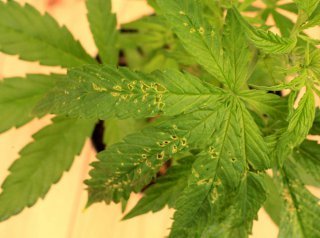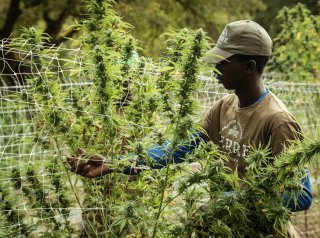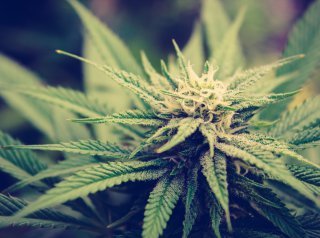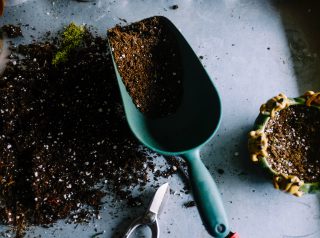So, what is your excuse for not growing marijuana instead of buying dried buds from local dispensaries? Is it because of the lack of space? Or maybe, you are not ready to invest significantly, setting up a grow room, even if you have always wanted to delve into cultivating cannabis? Regardless, the solution is simple – micro growing.
Page Content
Grow Marijuana In Small Spaces
A micro grow is fundamentally the same as all other types of growing cannabis. The only exception is that instead of setting up an elaborate growing space, you only need a cupboard or a small cabinet space. That is because you are growing only 1 to 2 plants.
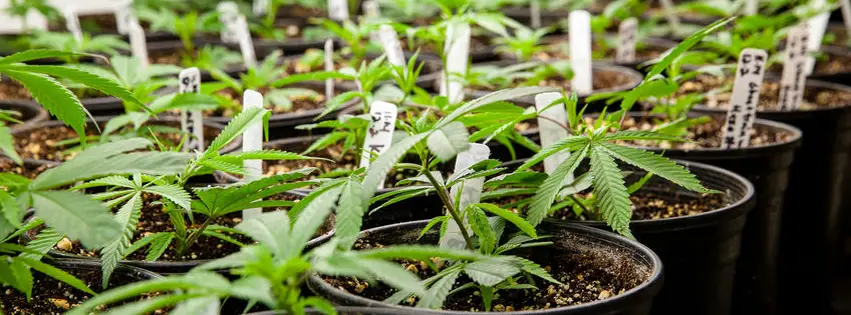
It is also the best way to start growing cannabis without spending too much money. Only when you have tried already, and decides to increase the number of plants, do you progress to a dedicated grow room.
1. Type Of Strain And Seed
Space is a limiting factor concerning the choice of a cultivar. Sativa plants, for example, can stretch 200-300% during the flowering stage. Usually, they tend to be tall and slender, with some strains reaching 3 meters. In the last two decades, though, many breeders have also developed mostly Sativa hybrids that have the growth pattern of smaller Indica plants.

Most people do choose to micro grow Indica hybrids. Its size, stretching no more than 100% during the flowering period, is one factor. These plants also have shorter flowering times compared to Sativa strains.
You can also make life easier by opting for autos. These are, by nature, small plants that do not rely on light cycles to transition to the flowering stage. Most of these strains are shorter than typical Indica hybrids, too. Best of all, they have a rapid growth cycle, letting you harvest the buds several weeks ahead of photoperiods.
Recommended Micro Growing Marijuana Seeds
Homegrown Cannabis Co. has over 400 in-house genetics. While most of the strains are offered as feminized seeds, there are also other choices – regular, auto-flower, and fast version.
Lowryder autoflower seed is our top pick for first-timers in micro growing. With this strain, you do not have to manipulate the plant to keep its size small. It naturally grows up to only 12 inches.
- Genotype: Hybrid
- Growth cycle: 9 weeks from seed to harvest
- Yield: 50 gr/sqm
- THC: 14%
- Effects: Upbeat and creative
- Medical: Stress and depression
One weakness of Lowryder is the unimpressive yield, which may turn you off. If that is the case, then opt for Triple XL auto-flower seed, which likely is the most prolific auto in the world, capable of up to 1000 grams per square meter. Even with the massive yield, this strain grows no more than 30 inches.
- Genotype: Hybrid
- Growth cycle: 8-10 weeks from seed to harvest
- Yield: 1000 gr/sqm
- THC: 20%
- Effects: Happy and relaxing
- Medical: Depression and anxiety
You do not have to limit yourself to Indica when micro growing. Bruce Banner auto-flower seed, for example, grows into a mostly Sativa plant that has the potential to reach 28% THC. For sure, this auto is not the shortest and could reach 3 feet tall.
- Genotype: Sativa hybrid
- Growth cycle: 10 weeks from seed to harvest
- Yield: 500 gr/sqm
- THC: 23-28%
- Effects: Creative and euphoric
- Medical: Pain and stress
2. Container Size
The size of the container has an impact on the size of the plant that grows in it. Generally, the root system would occupy the same volume beneath the surface as the plant itself above-ground. In other words, the size of the plant that you see is limited by how extensive the root system could develop, given the pot size.
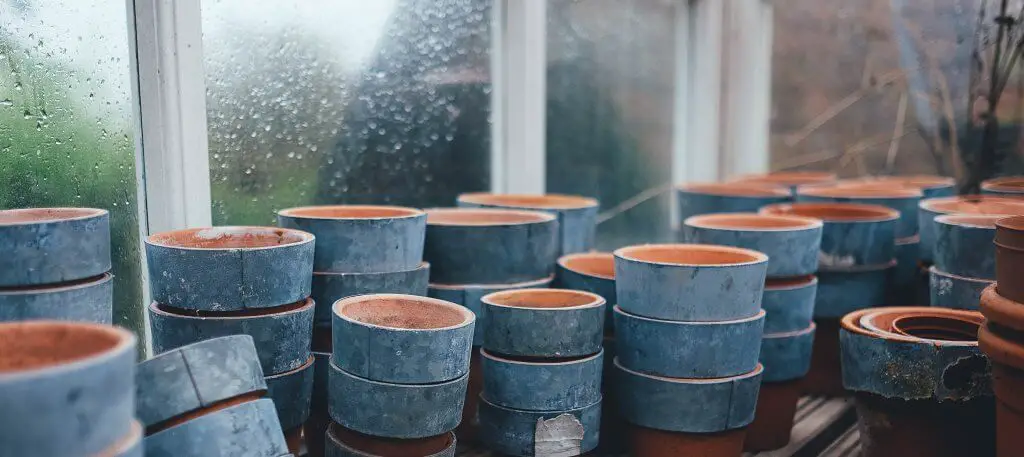
Every 12 inches of plant height needs 2 gallons. This recommendation is only a general guide. Some strains may require more, while others need less.
| Container Size (gallons) | Height of Plant (inches) |
| 2-3 | 12″ |
| 3-5 | 24″ |
| 6-8 | 36″ |
| 8-10 | 48″ |
| 12+ | 60″ |
When choosing a strain, much thought has to be given to height and allowable space in the growing area. That is to ensure that there would be no problems on vertical space once the plants reach adulthood and begin to stretch during the flowering phase. For example, Lowryder grows up to 12 inches. In that case, the final container should have a capacity of 2-3 gallons. The growing area should have enough clearance so that the light source is not too close to the upper canopy.
3. Lighting
A small space can present problems with the use of an HID lamp. The heat generated may be too much, and there is not much room to promote better air circulation and ventilation.

Generally, you want to use 400 watts per square meter. Instead of HPI/HPS lamps, choose fluorescent tubes and CFLs. For micro growing, they can provide adequate light intensity but do not generate much heat. With these types of lighting, you need to remember that blue color is for vegetative growth, while red is for flowering.
Using a fluorescent tube or CFL is a compromise. You are limited by the small space and so cannot use HID lamps. Hence, the best that you could do is to provide the closest color. The plants will grow and produce buds for you, not as efficiently as when under an HPS bulb.
As an option, you could also opt for a full-spectrum LED lamp. They do cost more, but that is entirely up to you. LEDs can provide the right wavelengths, and so you can expect to harvest more buds of higher quality.
4. Air Circulation And Ventilation
During the day cycle, the leaves absorb energy from the light source and use it in photosynthesis. Carbon dioxide is essential to this process too. Unfortunately, the small space may not have adequate air. Consequently, the supply of CO2 diminishes. It is, therefore, much more essential to ensure a continuous movement of air.
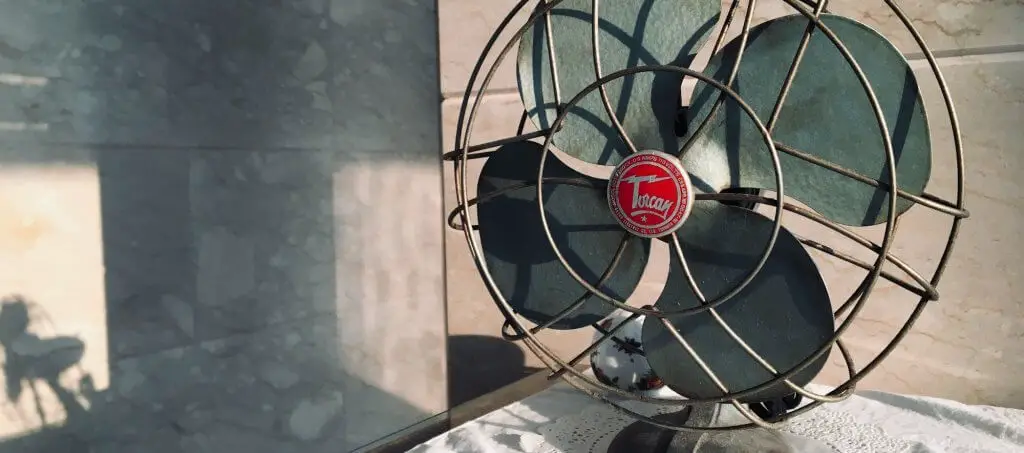
Concurrently with expelling excess heat, fresh air must be drawn into the growing space. Depending on the room clearance, you might be able to place a small fan. If it is too cramped, then use a computer fan.
You could place one fan near the top to act as the exhaust fan, drawing away warm air. Another fan could be placed at the bottom, serving as the intake fan for fresh, cooler air to come in.
5. Nutrients And Water
In micro growing, you are using small containers. That, in itself, is not a problem at all. But the somewhat limited volume of the pot also means that the substrate can hold fewer nutrients and water. Also, the root system is not that extensive – meaning, there are fewer roots to absorb sustenance. Hence, you need to provide nutrients and water more frequently than if growing in larger containers.
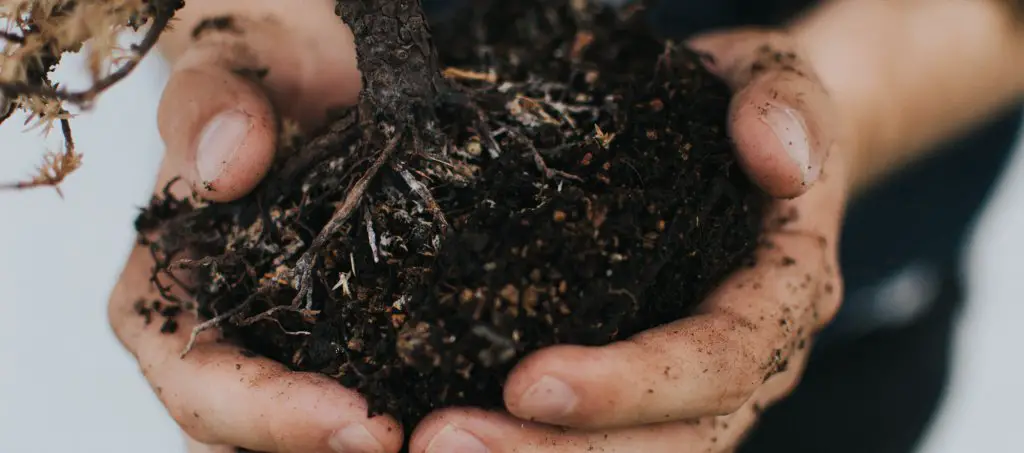
6. Growing Techniques
Micro growing cannabis allows you to employ some training techniques. Remember, though, that for auto-flowering strains, it might be better to avoid stressing the plants.
If grown from regular, feminized, or fast version seeds, then, by all means, use any of these techniques.
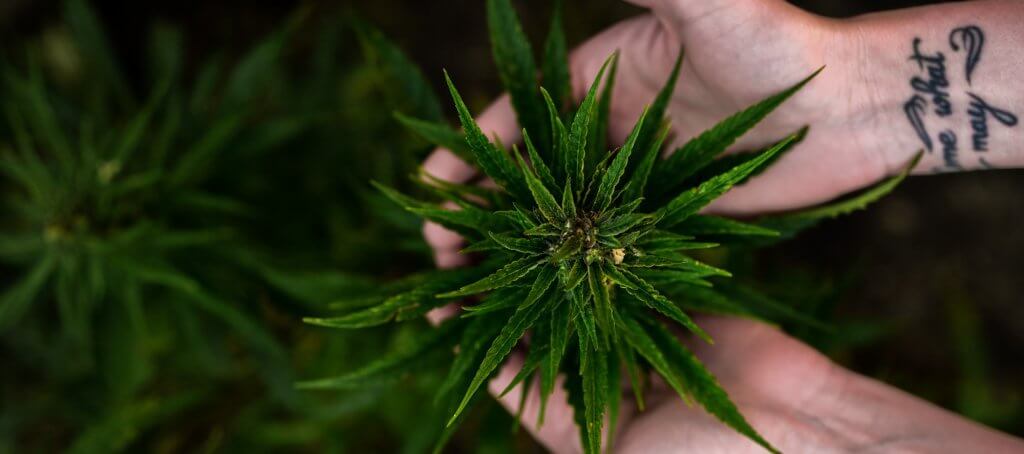
Topping is the act of cutting off the top of the plant, and that causes the growth of new secondary branches. Instead of growing upwards, the plant now grows laterally to form a bushy structure. This is one way to create more bud sites and increase overall yields.
Super cropping is a form of high-stress training that involves pinching and breaking the stem of the main branch. The idea here is that by deliberately causing an injury, the plant will be fooled into thinking that stem is gone, and will now grow more lateral branches.
The Screen of Green is a widely used training method. It entails placing a wire screen horizontally on the upper canopy. The branches are manipulated by bending, forcing them to grow upward with each bud site occupying one hole. Because all the buds receive an equal distribution of light, it can develop maximum cannabinoids. The overall yield also increases.
Low-stress training (LST) is the least destructive and safest training technique for beginners. The purpose here is to tie the higher branches, forcing the plant to grow more side branches and colas. As a result, you can expect an increase in harvest size.

